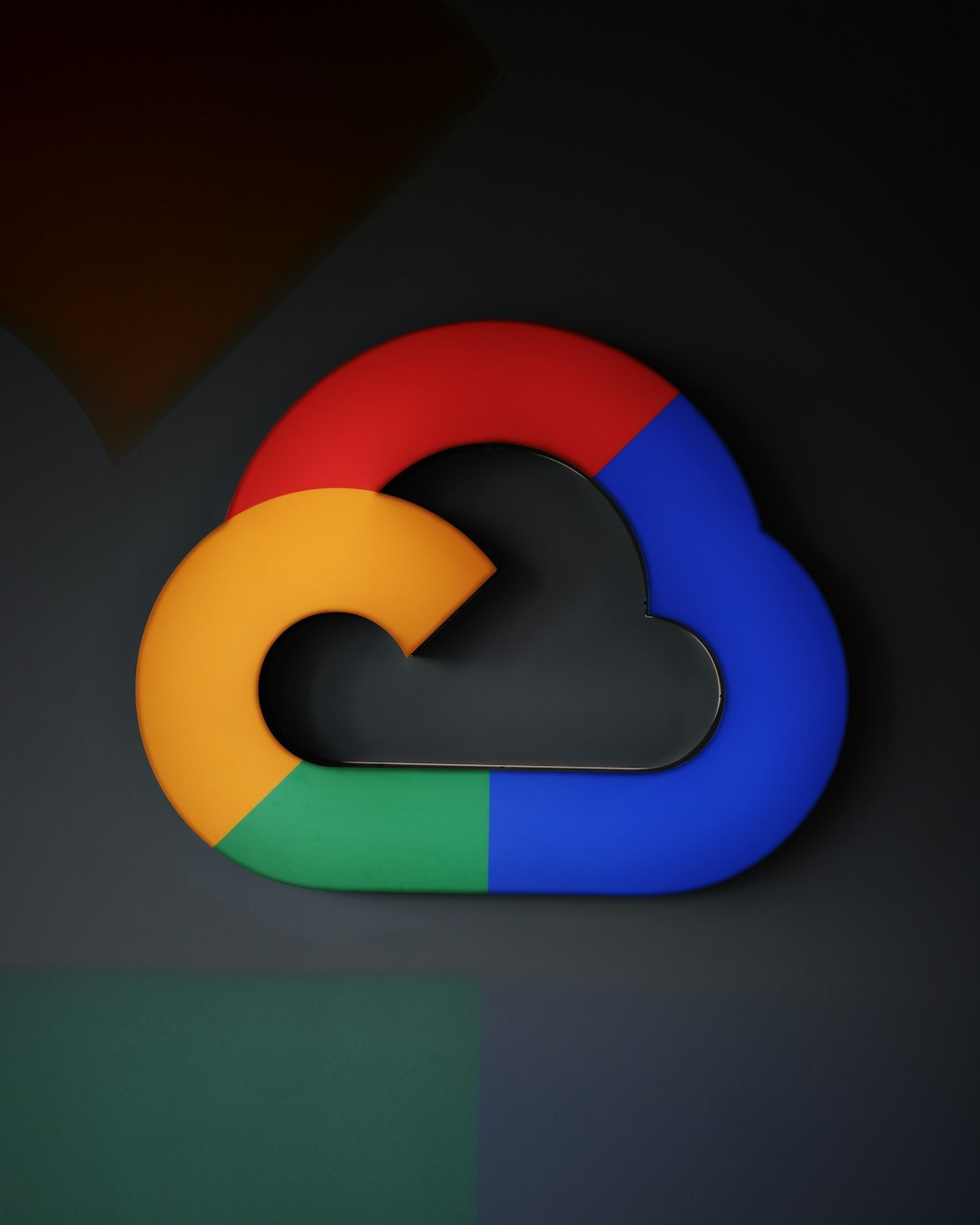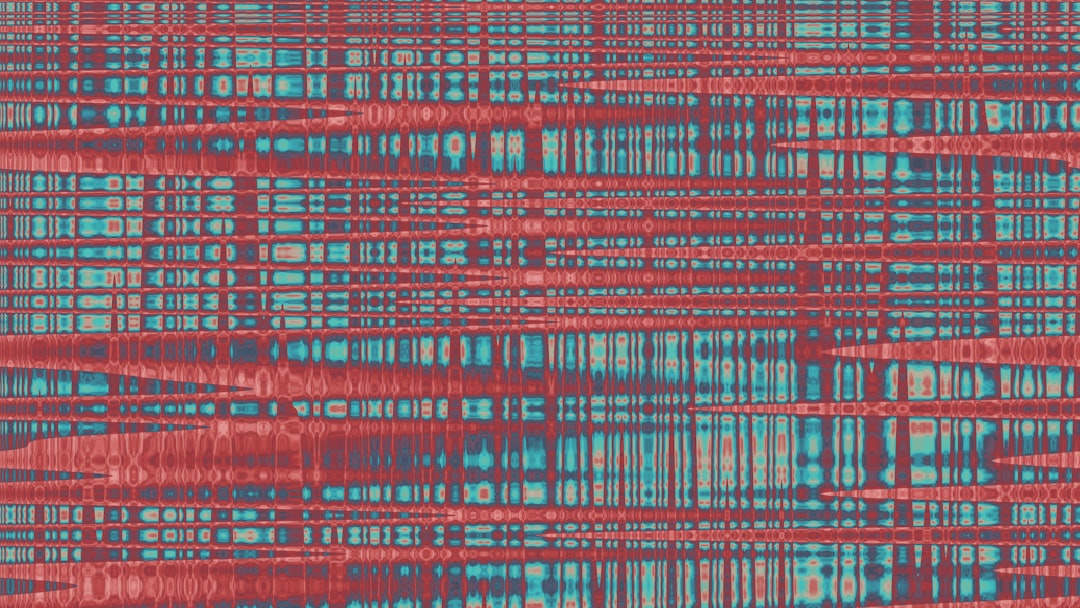In today’s digital era, we’re creating and consuming data at an astonishing rate. From high-resolution videos to scientific simulations, the volume of digital information continues to grow. With that growth comes the need to understand measurement units that go far beyond a gigabyte or even a terabyte. One such unit is the petabyte—a term you may have heard but might not fully understand. Let’s dive into what a petabyte really is, how big it is, and why it’s becoming increasingly relevant in our interconnected world.
What Exactly Is a Petabyte?
A petabyte (PB) is a unit of digital information that equals 1,000 terabytes (TB) or 1,000,000 gigabytes (GB) in decimal (base-10) terms. In binary (base-2) measurements, which computers often use, 1 petabyte equals 1,024 terabytes. The precise definition depends on context, but in most discussions on data storage and digital capacity, the decimal system is typically used.
To put it in bytes, 1 petabyte equals:
- 1,000,000,000,000,000 bytes (1 quadrillion bytes)
When you’re dealing with such a large number, it’s hard to truly grasp the magnitude. So let’s contextualize it with examples.
How Big Is a Petabyte in the Real World?
Understanding a petabyte could be easier when compared with familiar forms of data or storage:
- Movies: A standard HD movie takes about 3 GB of space. You can store over 330,000 HD movies on 1 petabyte.
- Music: If 1 song averages 5 MB in size, a petabyte can hold around 200 million songs.
- Books: A 300-page book consumes around 1 MB of storage. That means 1 petabyte can hold approximately 1 billion books.

Despite its massive size, the petabyte is becoming more common today, driven by increasing demands for storage and data processing in areas like cloud computing, genomics, and scientific research.
Petabyte vs Terabyte vs Gigabyte
To clearly understand where a petabyte fits in the grand scheme of data units, here’s a quick comparison:
- 1 Kilobyte (KB) = 1,000 Bytes
- 1 Megabyte (MB) = 1,000 KB = 1,000,000 Bytes
- 1 Gigabyte (GB) = 1,000 MB = 1,000,000,000 Bytes
- 1 Terabyte (TB) = 1,000 GB = 1,000,000,000,000 Bytes
- 1 Petabyte (PB) = 1,000 TB = 1,000,000,000,000,000 Bytes
This hierarchy shows just how astronomical the leap from terabytes to petabytes really is. If a terabyte is a large warehouse filled with books, a petabyte is a network of several such warehouses filled to the brim.
Who Uses Petabytes?
While the average consumer may never directly deal with petabytes of data, many organizations and industries handle data at this scale on a daily basis. Some key examples include:
1. Tech Companies
Google, Facebook, Amazon, and Netflix are examples of companies that generate and manage petabytes of user data, video content, and application logs every single day.
2. Scientific Research
Large Hadron Collider experiments at CERN, astronomy projects studying the cosmos, and climate modeling initiatives all easily generate and process petabytes of data regularly.
3. Cloud Storage Providers
Cloud service giants like AWS, Google Cloud, and Microsoft Azure offer storage capacity in petabytes to cater to enterprise and government clients around the globe.
4. Genomics and Healthcare
DNA sequencing and large-scale health analytics require enormous data storage, reaching into petabyte territory as we gather and analyze individual genetic information at population levels.

Is a Petabyte Big Enough for the Future?
As technology advances, even a petabyte may seem small in the not-so-distant future.
New technologies like IoT (Internet of Things), 5G, autonomous vehicles, and AI-driven systems are expected to generate zettabytes of data. For perspective:
- 1 Exabyte (EB) = 1,000 PB
- 1 Zettabyte (ZB) = 1,000 EB = 1,000,000 PB
This shift underlines the future data storage challenges we need to prepare for. However, petabytes still represent a key threshold in data storage and remain highly relevant today.
How Do We Store a Petabyte?
Storing a petabyte of data isn’t as simple as plugging in a massive single hard drive. Instead, organizations use fault-tolerant systems known as data centers, which consist of thousands of servers, each holding a portion of the total data.
Here’s what it might take to store a single petabyte:
- 250 x 4TB hard drives (if using traditional HDDs)
- More compact arrays using SSDs or NVMe drives, with better speed but higher cost
Such infrastructure is usually equipped with advanced networking, cooling systems, and backup solutions to handle the capacity and ensure data safety.
Petabytes in Everyday Life
Even if you’re not archiving mountains of data in a datacenter, you’re still part of the petabyte ecosystem. Let’s explore how:
- Every day, YouTube users upload over 500 hours of video per minute, eventually accumulating petabytes of data.
- Facebook handles over 100 petabytes of photo and video storage.
- Modern car manufacturers collect telemetric data from vehicles amounting to several petabytes yearly.
Cloud backups, streaming services, and even smartphones increasingly interact with systems that manage data in the petabyte range, even if it’s invisible to the typical user.
Final Thoughts: Why Petabytes Matter
Understanding a petabyte is more than just grasping a large number. It offers insight into the monumental growth of digital information and highlights the shift in how we create, store, and use data. Whether you’re uploading a photo or analyzing seismic data, chances are you’re contributing to the petabyte-level data revolution.
As innovations in AI, machine learning, and broadband connectivity continue, it’s only a matter of time before we start thinking in terms of exabytes and zettabytes as part of everyday life. But for now, the petabyte remains a giant—a true marker of scale in the data-driven world.
In a nutshell: A petabyte is a milestone in data storage and a testament to how far our digital capabilities have come—and how much further they’re likely to go.



